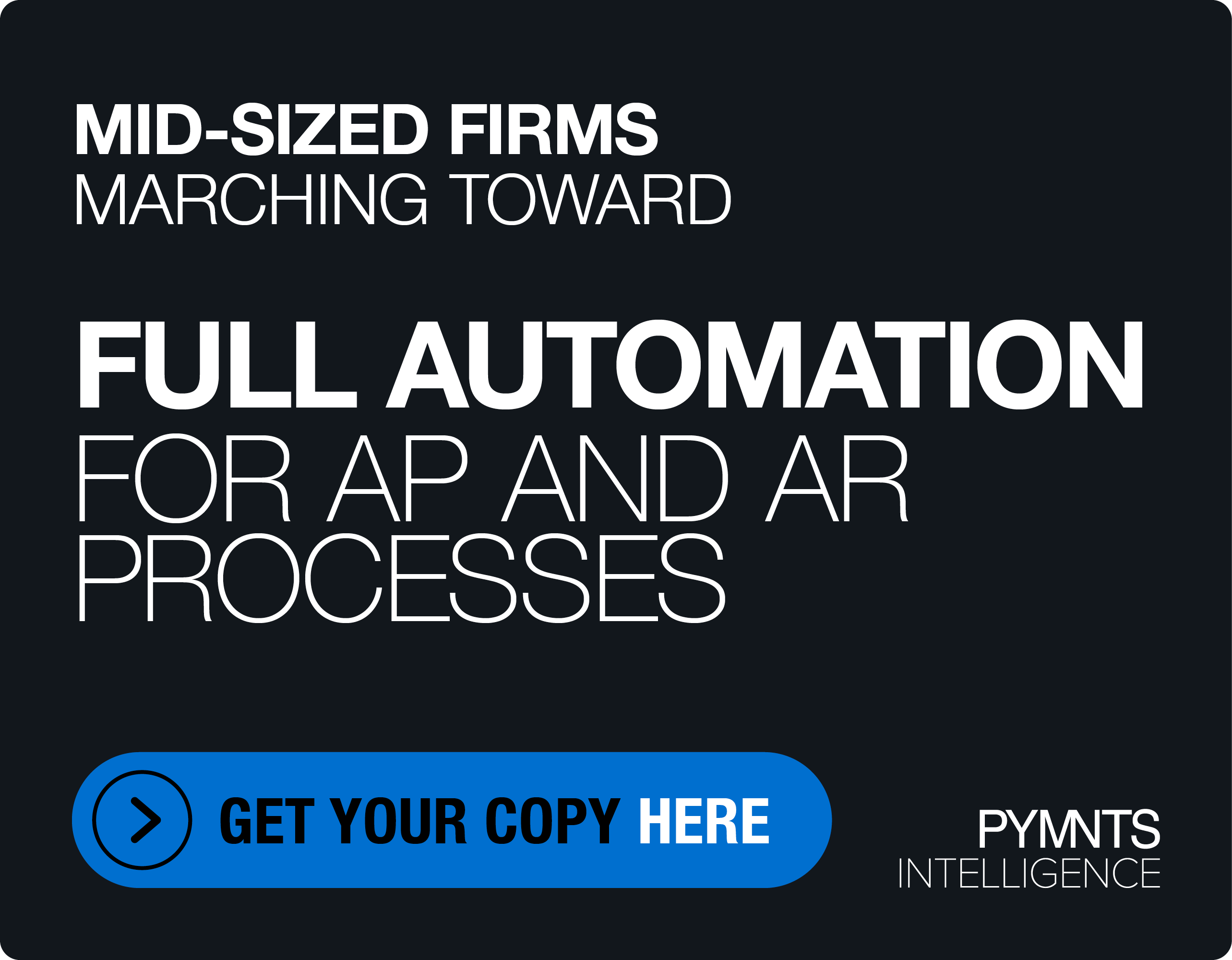How CFOs Can Seamlessly Navigate the Rise of Employee-Initiated Spend

The operating environment’s ongoing digital transformation has created an increasingly dynamic reality for organizations.
One area where this impact can be seen is the new normal of hybrid work, which presents an emergent suite of obstacles that companies are grappling with — particularly regarding the company money their employees are spending.
“Companies are having challenges getting visibility into the spend their employees are making,” Adriana Carpenter, chief financial officer at Emburse told PYMNTS.
“Employees are actually initiating the transaction and paying for the transaction instead of going through a common procure-to-pay or invoicing cycle … It used to be that that type of spend was maybe 5%, 10% of a company’s budget. These days, anywhere from 20 to 40% of spend is happening by the employee transacting and not going through a centralized process,” she added.
This change in spending behavior has prompted firms to seek innovative solutions to gain insight into employee spend and ensure compliance with policies.
Among the multiple challenges brought by this new environment, a key one is that when employees themselves initiate spend, it can create reconciliation issues for their employers (particularly the finance teams), who may have to wait 30 or even 60 days for an expense report to be submitted.
“It could be a while before [finance teams] see that spend, and that’s problematic,” explains Carpenter.
A Need to Leverage Technology
The ability to track and manage expenses effectively is more important than ever in navigating the realities of today’s business landscape.
Effective cash flow management and working capital oversight are what help CFOs chart a successful path forward through the hyper-present macro uncertainties lurking in the shadows that can sink a business.
To address these challenges, Carpenter emphasized the importance of tapping innovative technologies.
“You have to leverage technology. That’s why technology exists today, and it’s not just a SaaS (Software-as-a-Service) technology. There are so many different types of technology that you want to leverage in order to streamline financial processes and gain real-time visibility into employee spend,” she said.
“We’ve heard horror stories of customers having a very critical component of their infrastructure being tied to an employee card that gets declined and no one knew it until the product went down. That’s not great,” Carpenter added.
And it underscores the importance of utilizing innovative payment technologies for modern firms so that companies can mitigate the risk of disruptions to their operations caused by unforeseen frictions and opaque employee spend.
“By bringing in AI (artificial intelligence) and ML (machine learning) tools as a new intelligence layer to take all of the data that you’re getting by flowing your spend through a consistent platform, you can then drive some really robust analytics around both where you’re spending money and where you need to educate the employee base more around spend that aligns with internal policies,” Carpenter said.
Ensuring Ongoing Compliance with Policies
Another significant challenge companies face in the hybrid work environment is ensuring policy compliance, particularly when employees bypass centralized procurement processes.
“Companies are all trying to solve for the problem of increasingly decentralized processes as a result of hybrid work,” Carpenter noted.
She explained that the problem of spend oversight in today’s connected era is being compounded because “finance is always the last place that companies invest.”
“Finance is the team that’s starved the most when it comes to getting up to the same speed of digital transformation that has encompassed the whole rest of the company,” Carpenter added.
But by leveraging payment technologies, such as corporate cards, to introduce controls and restrictions on employee spending, firms can gain the visibility and compliance they need over internal spending and procurement.
As the work landscape continues to evolve, companies must embrace innovative solutions to overcome the obstacles presented by the shift toward hybrid work.
“What is next is we need to transform this notion that you have different types of spend,” Carpenter said. “Our vision is how do you make it so that it’s seamless for the employee to spend money and do it in compliance with policy, do it in the most effective way possible while also allowing the finance team to have real-time visibility, easy reconciliation processes, and make it easy for them to be in compliance with all the tax rules.”
“If you think about all the things finance must think about and their forecasting needs — that’s the future. It is bringing it all together and making it a seamless easy experience for everyone,” she added.

